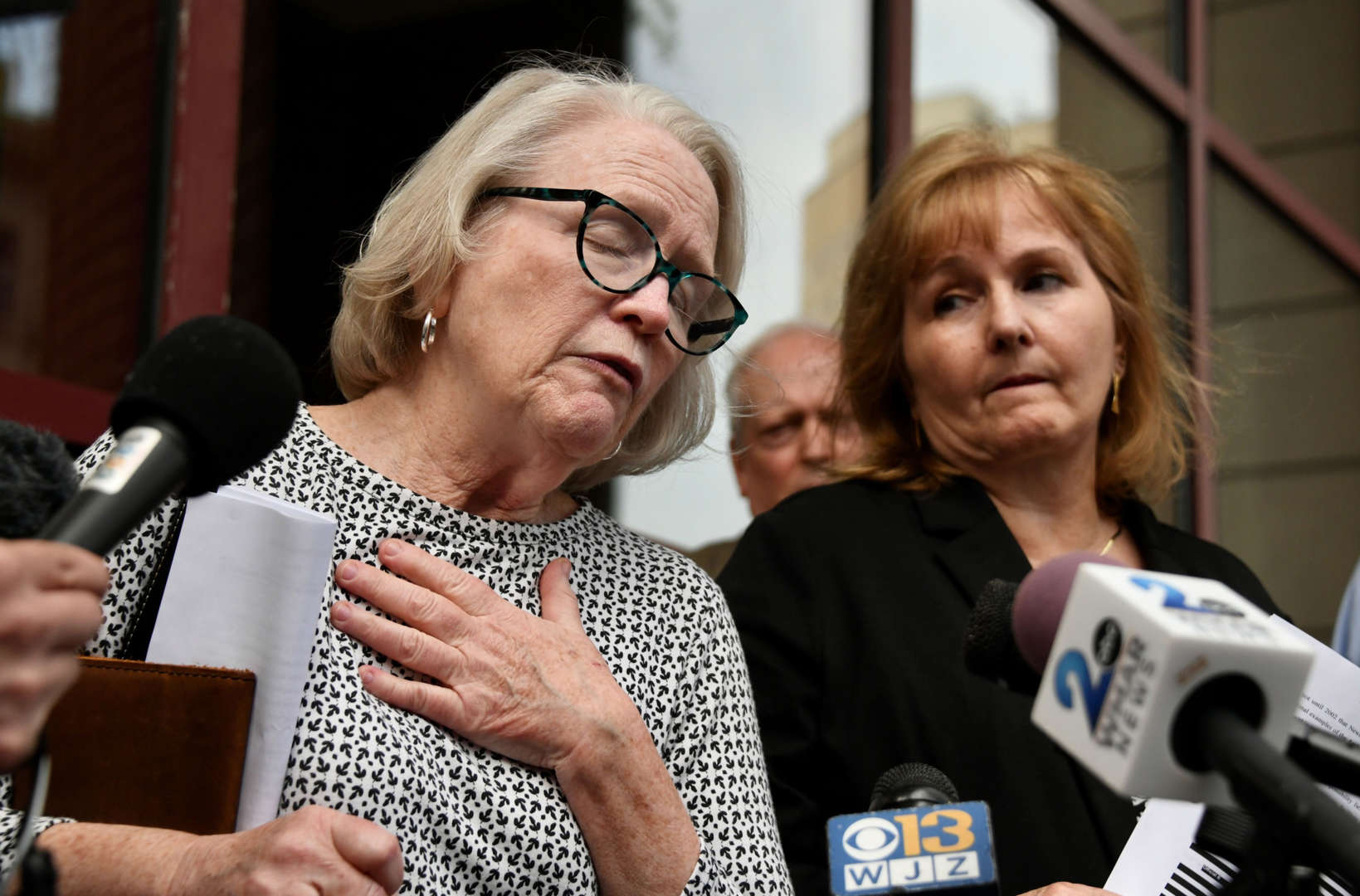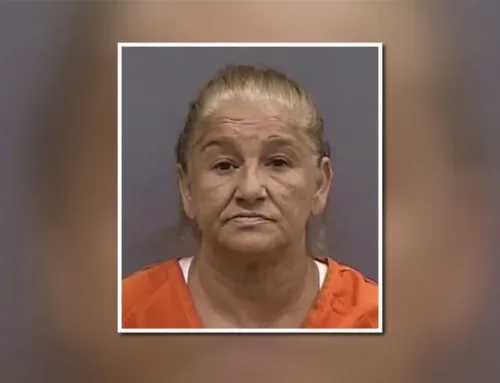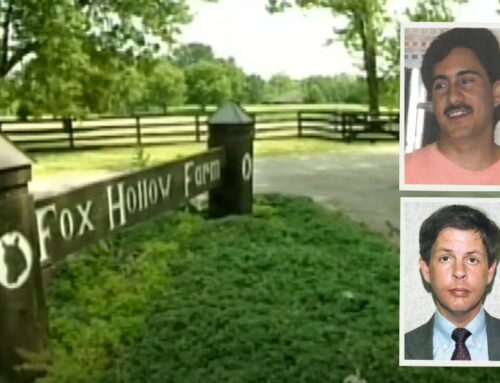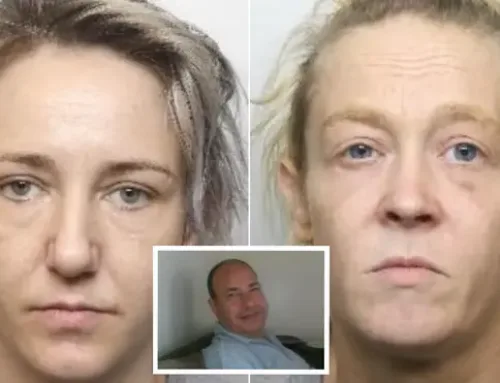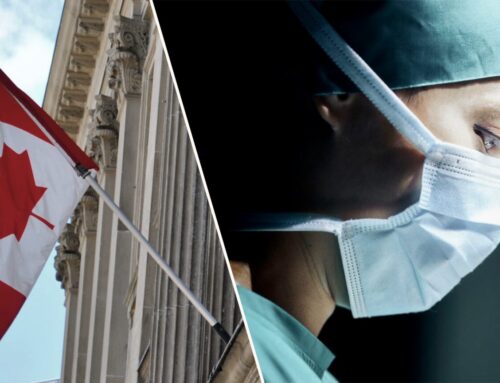by Lee O. Sanderlin, Jonathan M. Pitts
Published: April 5, 2023
-MSN
Afour-year investigation of Baltimore’s Catholic archdiocese reveals the scope of 80 years of child sex abuse and torture and how church officials often covered it up and, in some cases, paved the way for further abuse.
Among the accounts: A deacon who admitted abusing more than 100 children. A priest who chained and whipped boys for his gratification. Another priest who, after receiving psychiatric treatment, went on to abuse 20 students at a Baltimore boys’ school.
The Maryland Attorney General’s Office released Wednesday its “Report on Child Sexual Abuse in the Archdiocese of Baltimore.” Its nearly 500 pages tell how 156 clergy and other Church officials tormented more than 600 children and young adults, dating back to the 1940s. The Baltimore archdiocese covers Baltimore City and nine counties in Central and Western Maryland.
Spurred by the report’s publication, the General Assembly sent a bill Wednesday to Democratic Gov. Wes Moore’s desk that would make it easier for survivors to sue the institutions that employed their abusers.
The report names at least 36 abusers who are not listed on the Archdiocese of Baltimore’s online list of 152 priests and brothers credibly accused of abuse. Ten more abusers’ names were redacted. Other diocesan officials’ identities are redacted also, and the Catholic Church paid at least some of the legal costs for a group of people who sought to have their names shielded.
“Today is a win for me,” said Donna Von Den Bosch, a retired nurse and victim of Father Joseph Maskell and Father Neil Magnus in Baltimore. “It’s not entirely what I wanted because a lot has been redacted, but I just take it one day at a time.”
Victims lobbied the attorney general’s office to start the investigation, particularly after the Pennsylvania attorney general produced a similar report in 2018. Then-Attorney General Brian Frosh, a Democrat, launched Maryland’s probe shortly thereafter. Investigators interviewed hundreds of survivors and pored over hundreds of thousands of church documents.
The abuse’s breadth and depravity is “astonishing,” the report’s authors wrote.
Investigators’ discoveries exposed the full story of men like Father John Joseph Mike, who served in parishes around Timonium, Baltimore, Halethorpe and Clarksville before being transferred out of state in 1988. While Mike was charged with abusing a boy in 1987 and pleaded guilty, an archdiocese official said at the time that the case “did not involve sexual contact.”
In reality, Mike sadistically abused at least seven teenage boys for his sexual gratification, the report said. In 1987 at St. Louis parish in Clarksville, one victim was made to wear a loincloth while Mike poked him with a heated pin and forced him to run laps around the parish gym as Mike lashed him with a bullwhip.
“I was tied to a basketball backboard by my hands and suspended into the air, where he whipped me 150 times with a bullwhip, from which I shall always carry the scars,” the victim wrote of Mike’s abuse in his diary.
The Baltimore Sun was unable to reach Mike on Wednesday for comment.
One of the newly public names, Deacon Leo O’Hara of Baltimore, admitted in 1987 to having molested more than 100 children since 1953. The Anne Arundel County State’s Attorney’s Office did not charge him, the report said, because investigators could not identify any of his victims. O’Hara died in 1994.
Going beyond the horror of the individual cases, the report reveals the extent of the Catholic Church’s efforts to conceal the depravity within its ranks.
“The staggering pervasiveness of the abuse itself underscores the culpability of the Church hierarchy,” the authors wrote.
Priests who abused children were often known to the diocese, yet little was done to stop them, according to the report. For example, Father Lawrence Brett admitted in 1964 to abusing a boy in Connecticut. Church officials there sent him to treatment in New Mexico, where he continued to abuse boys, and he then was transferred to Calvert Hall College High School in Baltimore, where Brett abused at least 20 more, the report states. Brett died in 2010.
“Fifty years sitting in silence. It’s a life sentence. You repress it the best you can and blame yourself as much as you can. Because priests, to a little Catholic boy, are the closest thing to God,” said Christopher ‘Kit’ Bateman, who was 14 when Brett abused him. “That’s what we’re told. That’s what we believe.”
According to the report, police, prosecutors, the press and at least one judge treated the church with deference when they became aware of abuse, uninterested in learning what diocesan leadership knew and when.
In one case, the report says, Archbishop Francis Keough in 1958 secretly resolved an accusation with the help of an unnamed Baltimore Circuit Court judge. Keough promised to send Father Gerald Tragesser, accused of abusing a 13-year-old girl, to treatment and banish him from Maryland.
When the victim’s mother, who Keough described as a “non-Catholic,” wanted the case publicized, Keough used the “happy influence of a highly placed newspaper man” to keep any story from being published, according to letters Keough wrote to fellow priests. The report did not identify the newspaper. Tragesser died in 2013.
In 1987, the head of the Baltimore state’s attorney’s office’s sex crimes unit declined to prosecute Father Robert Newman, who admitted to abusing 12 boys between the ages of 9 to 15 over a 15-year period. That unnamed prosecutor said she saw “the value of trying to keep a man like this in ministry,” according to the report. Newman was sent to a treatment center and then assigned to the Archdiocese of Hartford, Connecticut, where he remained a priest until his abuse was made public in 2002.
The report called for the state legislature to amend Maryland’s civil statute of limitations for child sex abuse. Just 40 minutes after its release, the Senate passed the Child Victims Act, which would remove the statute of limitations on such lawsuits. Moore vowed to sign it.
The Maryland Catholic Conference, which represents all three dioceses operating in the state, opposed the bill at every turn and is expected to challenge it in court.
The Most Rev. William E. Lori, archbishop of Baltimore since 2012, said the “enormous” history of abuse represents a moment of “shock” and “horror,” for himself and Catholics everywhere.
“It is a day of deep sadness, but it is also a day for us to focus on the victim-survivors, upon those who have been harmed and who carry around in themselves the effects of sexual abuse,” Lori said in an interview with The Sun.
Brown said the office has issued subpoenas to two other dioceses that include parts of Maryland: The Archdiocese of Washington, D.C., and the Diocese of Wilmington, Delaware, which covers part of the Eastern Shore.
“While our focus has been on completing the arduous, difficult task,” of the Baltimore report, Brown told reporters shortly before its release, “we did not sit idle when it came to the [other dioceses]. So, those investigations are ongoing.”
The report says the responsibility for the cover-up in the Baltimore archdiocese lies with past archbishops, but its authors wanted to highlight senior members of the archdiocese staff who advised the top priest at the time. However, five of those officials’ names are among those redacted.
In some cases, the church spent more on services for abusive priests than it did for victims. In 1993, a man who came forward with allegations against Father James Dowdy, who worked in at least half a dozen Baltimore-area parishes from the 1970 through the 1990s. The man said Dowdy kissed and inappropriately touched him when he was between 16 and 24 years old. Dowdy was placed on administrative leave in 1993.
Three years later, the archdiocese agreed to pay the victim’s counseling and medication costs, in addition to paying for ongoing therapy for Dowdy. A subsidy was paid to Dowdy through 1997, when he formally stopped working for the church. Health coverage continued after his separation.
The archdiocese calculated it had paid $99,000 to Dowdy since 1992, exclusive of counseling and treatment, which cost another $60,000. The victim received less than $9,000.
The Sun was unable to find contact information Wednesday for Dowdy.
Wednesday’s release falls both during the conclusion of Lent, the 40-day period of fasting and repentance that precedes Easter, and Holy Week, the most sacred week on the Christian liturgical calendar, a time when believers commemorate the suffering, crucifixion and resurrection of Jesus that lie at the core of their belief.
“I think Holy Week is a good time for this to be released, because it is a time when we have to come to terms with a betrayal of trust, and a time when we lay this at the feet of the crucified Jesus and beg for forgiveness,” Lori said.
Frank Szustak, a Baltimore resident whose home parish is St. Ignatius Church on North Calvert Street, called harming a child “the worst form of transgression.” He attended Mass on Wednesday at the Baltimore Basilica of the Assumption — the first Roman Catholic cathedral in the U.S.
Of the consequences of the report for the church, he said: “It’s a purification period.”
